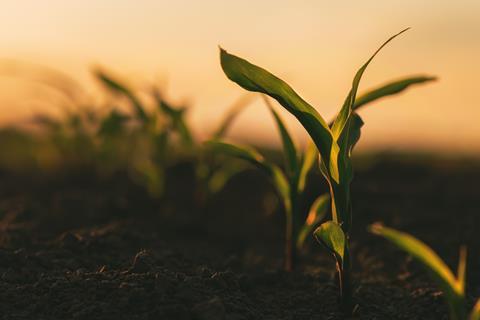University of Nottingham study focuses on the traits that drive plant leaf growth

A new study has identified a genetic circuit in plants that controls individual leaf growth and allows the plants to adapt to their environment.
It is believed that the findings of the study could help the development of more drought-resistant crops.
Scientists from the University of Nottingham’s School of Biosciences investigated the growth of maize leaves in plants cultivated in three different soils containing differential amounts of nutrients and water.
They found that microbes colonising plant leaves across these soils influence the growth of the leaves independently of the concentration of nutrients and soil properties. The findings have been published in the journal Cell, Host and Microbe.
The leaf is one of the most important organs of a plant, and they produce food for the plant through photosynthesis. Plant leaves are colonised by microbes that are vital for the survival and health of the plants, particularly in dry weather conditions. The complex microbiota help the plant to ‘digest’ the nutrients it needs.
The new study was led by associate professor Gabriel Castrillo, who said: “In nature, plant leaves are colonised by microbes. Whether and how these microbial communities modulate the growth of leaves is something poorly understood.
“We have now revealed more about this process through experiments of recolonisation with synthetic communities of microbes. We demonstrated that abundant bacteria inhabiting young leaves promote individual leaf growth.”
By analysing and sequencing the RNA molecules in the leaf the team uncovered a genetic circuit related to plant defence that controls microbiota effect on individual leaf growth.
Castrillo added: “We consider that the mechanism discovered here is responsible for balancing the growth of different leaves through differential activation of the growth-defense trade-off. We predict that this mechanism intersects with other branches of the leaf growth regulatory network to establish a hierarchy of biotic or abiotic stress responses to ensure plant survival in nature where the present of multiple stresses is frequent.
“We envision that it might now be possible to optimise endogenous growth and defence trade-off mechanisms in crops such as maize via engineering leaf microbiota to increase plant growth in poor soils without compromising the plant’s defence against pathogens.”



